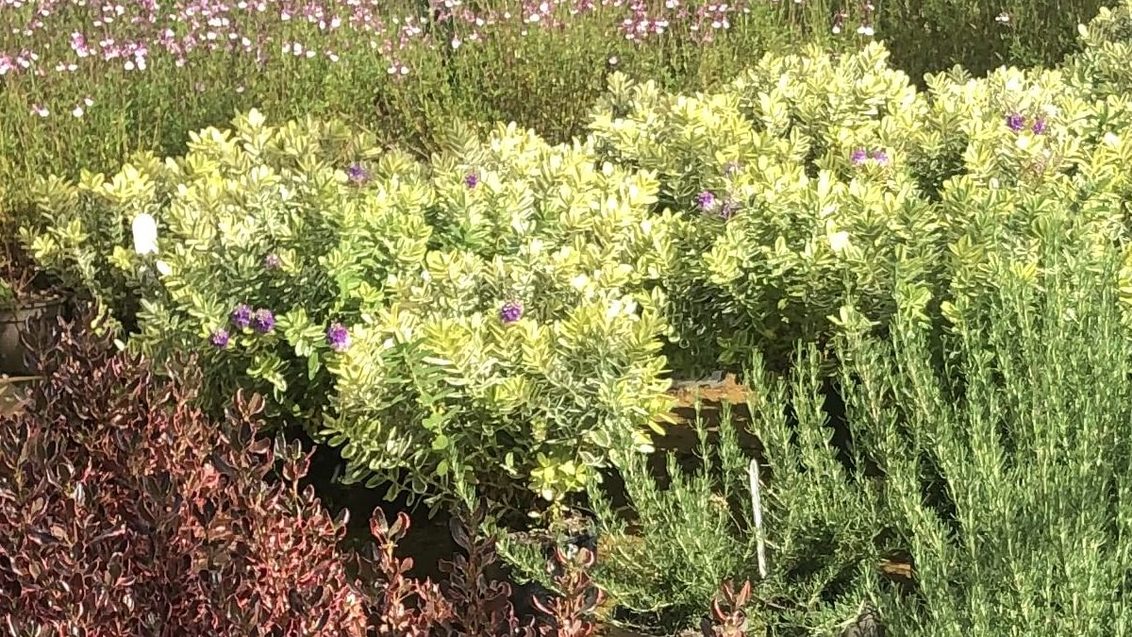Fans, cones and pistols
What are the differences between the basic types of spray nozzle?
What is an air-induction spray nozzle?
Last time we explored why it’s important to consider your selection of spray nozzles carefully rather than taking a ‘one size fits all’ approach. So this time we’ll have a closer look at some of the options.
The nozzle designer broadly has three parameters to play with. The shape of the orifice itself governs the spray pattern, for example a V-shaped notch produces the flat-fan spray most of us are familiar with; the angle of the nozzle’s output can be varied in relation to the boom on which it sits; and an air-induction orifice or venturi can be included to mix air into the droplets.
The width of area reached by spray from a single nozzle is governed by the angle between the edges of the spray fan or cone where it leaves the nozzle. This ‘top-angle’ is set by the orifice shape. An 80o flat-fan nozzle, for example, delivers a narrower spray band than a 110o version.
Although nozzles are graded by orifice size, a nozzle of any given size actually produces a range of droplet sizes.

Flat fan: Produces the familiar V-shaped spray pattern with good spray distribution at a range of pressures, which helps explain why they are so widely used. Deposition is heaviest at the centre so, when used on a boom, uniformity depends on spacing along the boom and distance of the boom from the target.
There are variations. One is the ‘twin’ flat-fan which has two orifices, one pointing forward and the other backward, to help improve coverage or penetration of the canopy. Another is the pre-orifice flat-fan nozzle. Its internal design restricts how much liquid enters the nozzle. This creates a pressure drop at the tip which results in coarser drops to aid drift management.
Cone: Hollow-cone nozzles generate a ring-shaped spray pattern, usually of fine droplets, and can be operated at high pressures. Full-cone nozzles produce a disc-shaped deposit, usually in coarser droplets, and are designed for higher volume rates. Both types can suit directed spray applications.
Air induction: As the spray liquid passes through the nozzle body it draws air through an external orifice or venturi. The air and liquid mix in a small chamber so droplets emerging from the nozzle contain air bubbles and, because of their size, are unlikely to drift. They deform and break down on hitting the target, rather than bouncing off as can happen with coarse droplets from other types of nozzle. The air acts as a kind of shock absorber.
Boomless nozzles: These are intended specifically for spraying where it’s not possible to use a boom and are generally designed with flat, very wide-angled spray patterns.
Spray pistols: Rather than interchangeable nozzles, spray pistols feature a single orifice with an adjuster to vary the spray characteristics. For most applications in ornamental crops you will want a medium to fine spray so it’s worth marking the position of the adjuster at this setting. Smaller apertures help reduce flow rates and hence application volumes while system pressure has considerable influence over spray pattern.
As well as the type of nozzle, give some thought to what they are made of. We’ll talk more about nozzle wear and maintenance in a later blog but bear in mind that brass nozzles are the most wear-prone. Ceramics can last up to 50 times longer but, unsurprisingly, are significantly more expensive. Modern plastic designs, particularly those with stainless steel inserts, may be worth considering: today’s plastics can be surprisingly robust.
Next time we’ll look at the factors to take into account in selecting nozzles for spray applications on ornamentals and review some of Syngenta’s recent nozzle designs which may have a role here.

